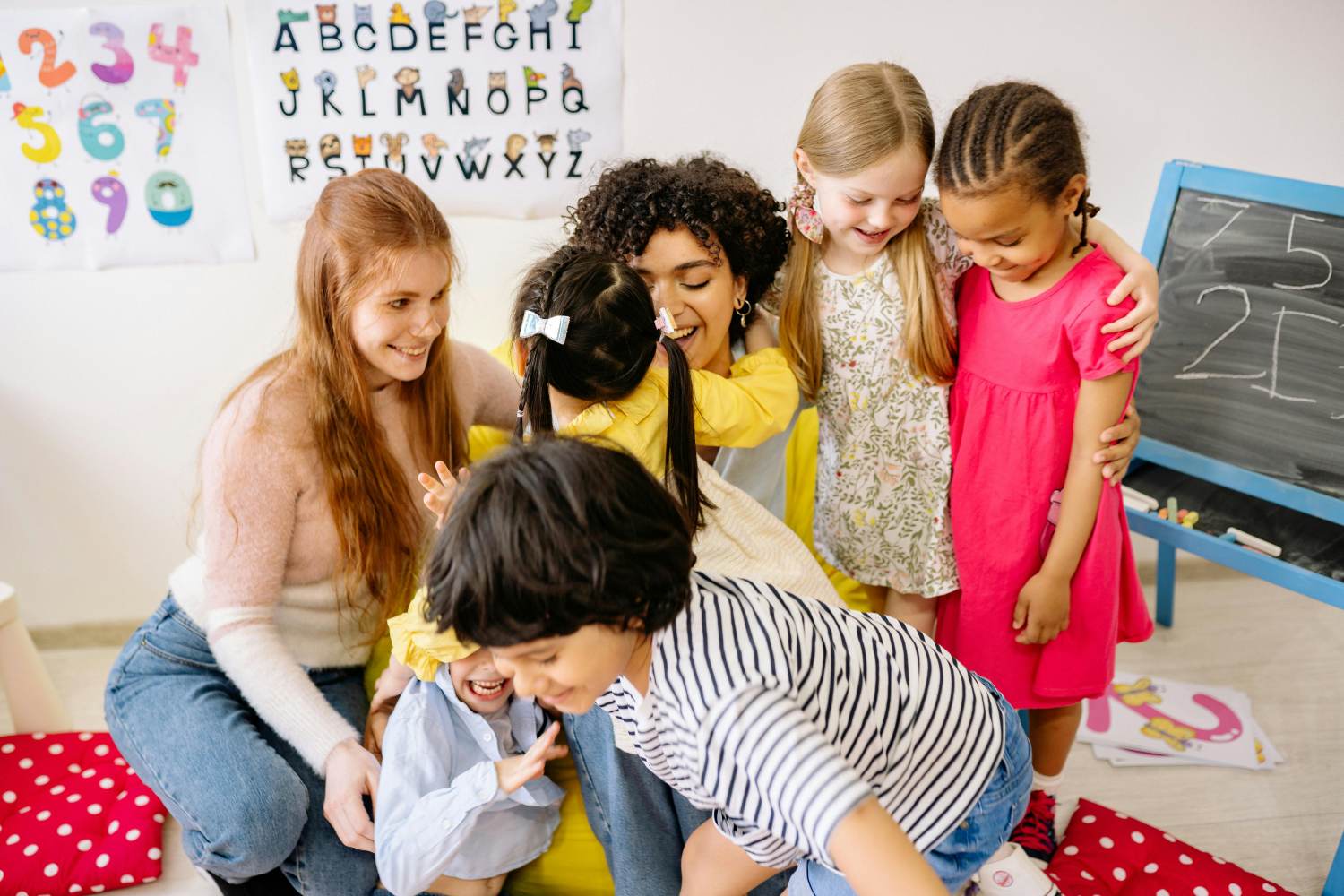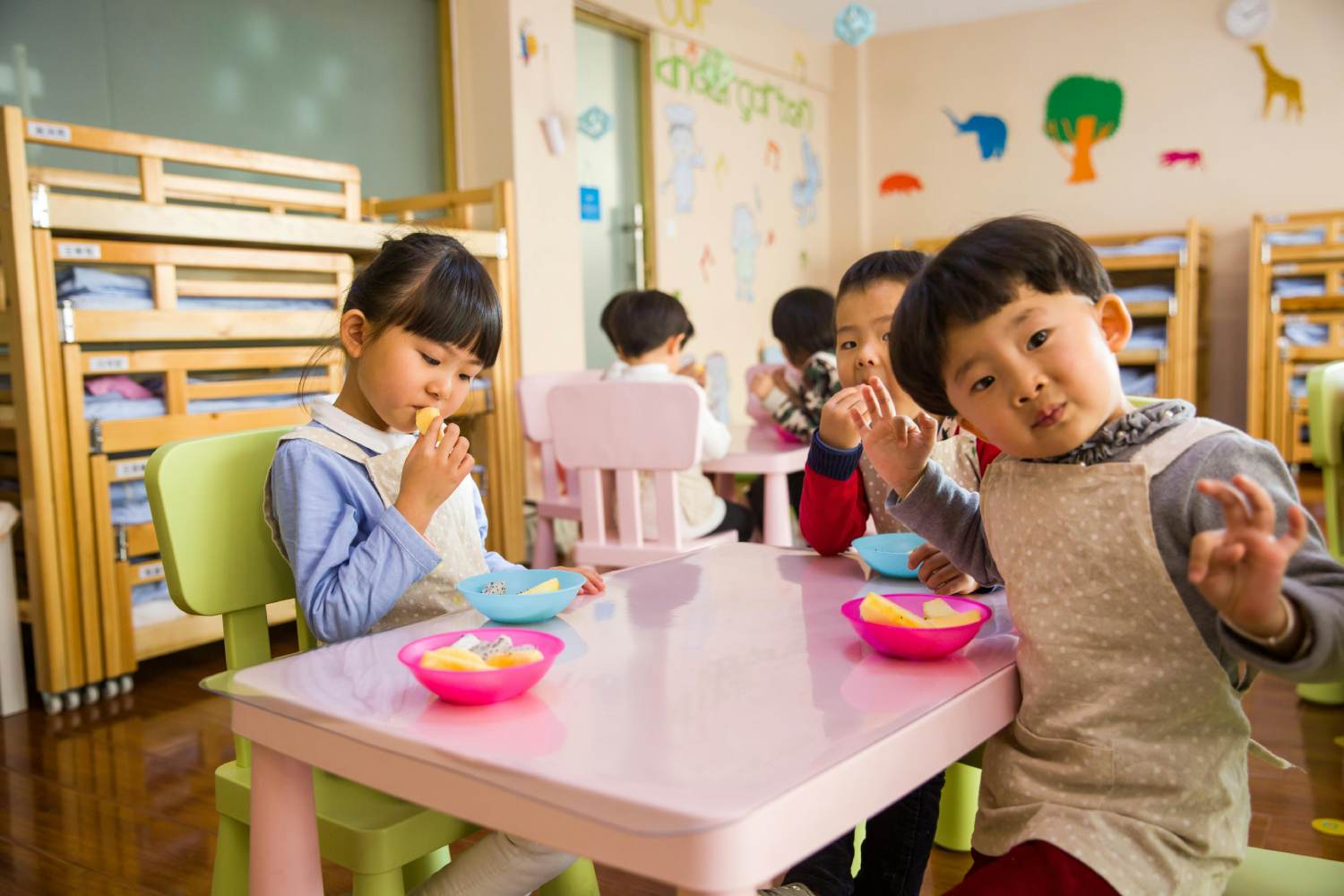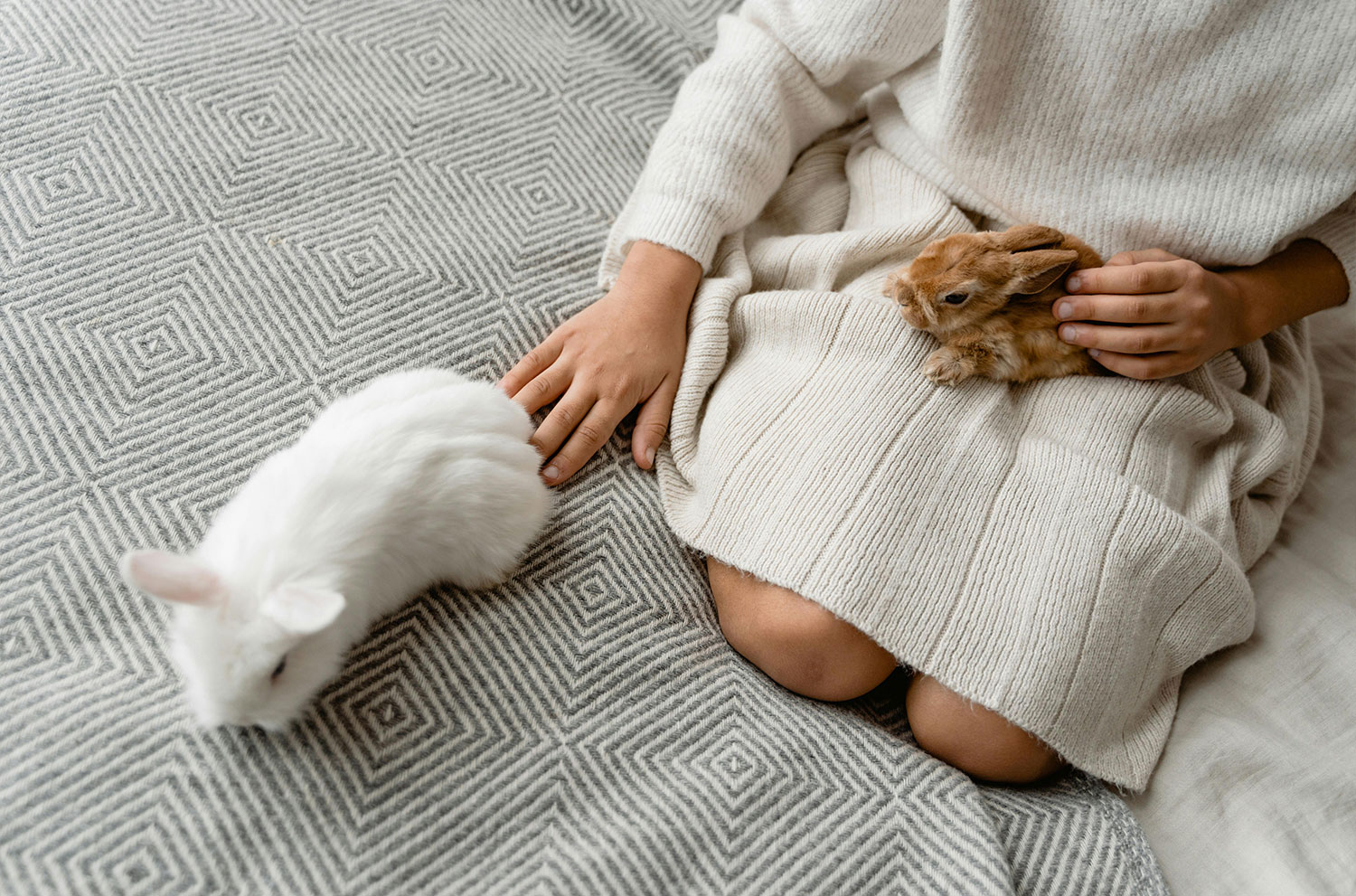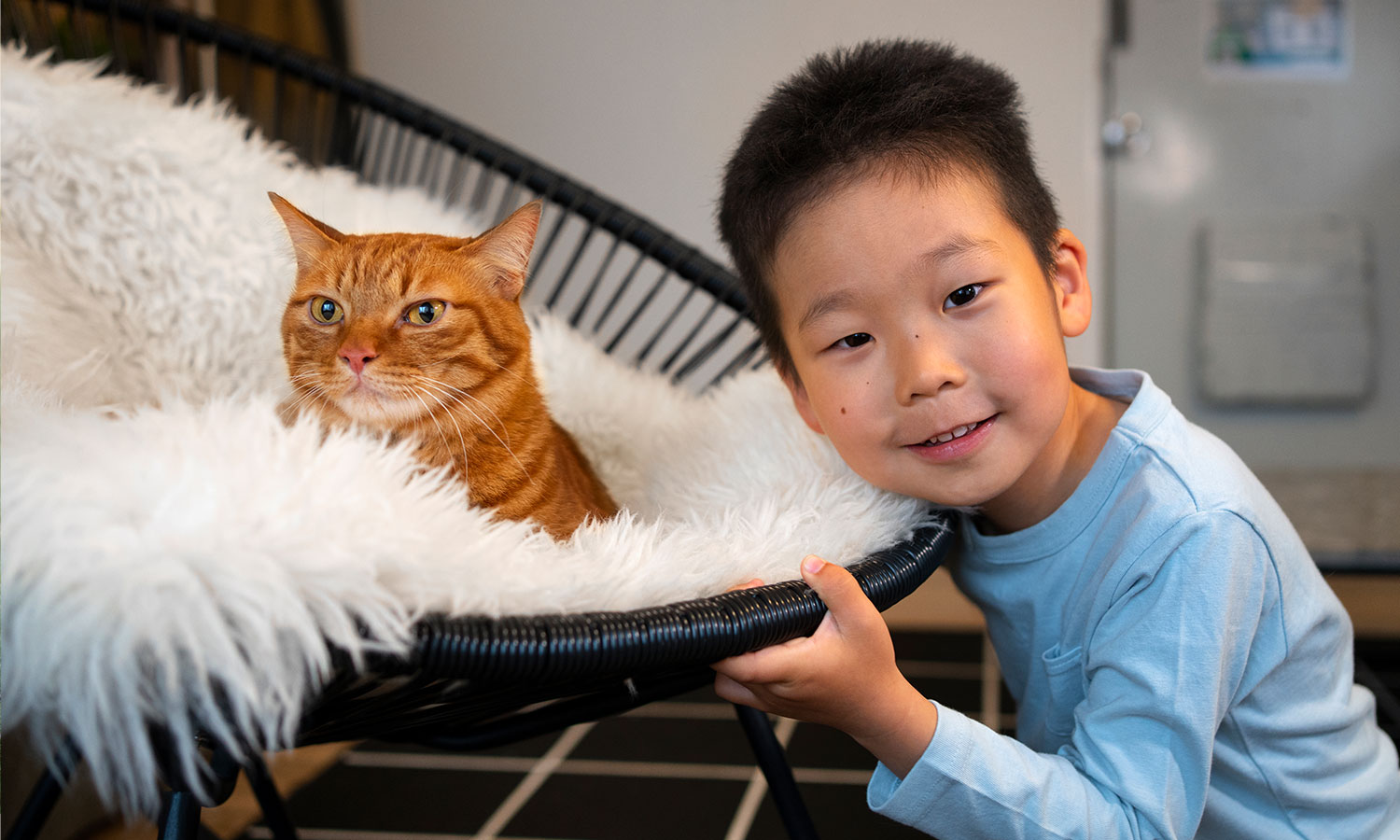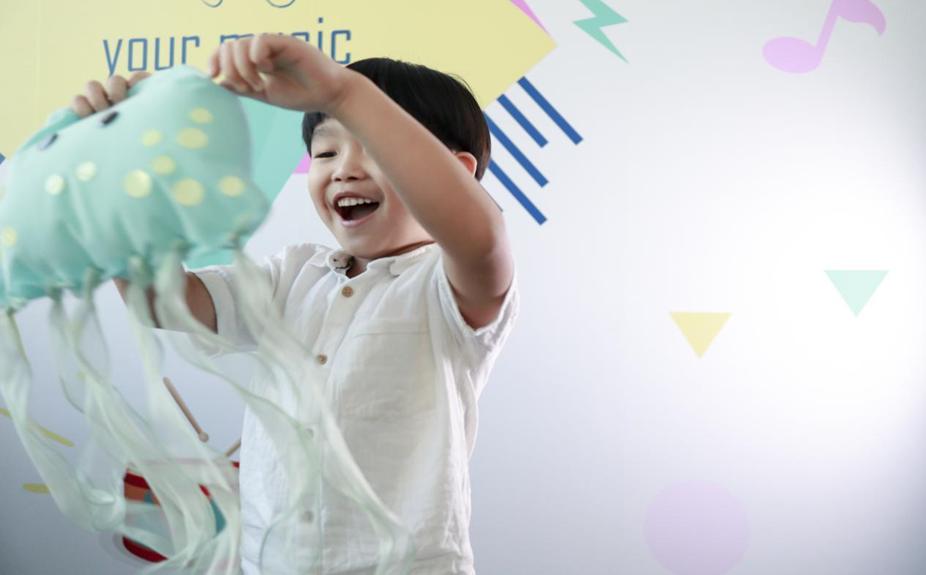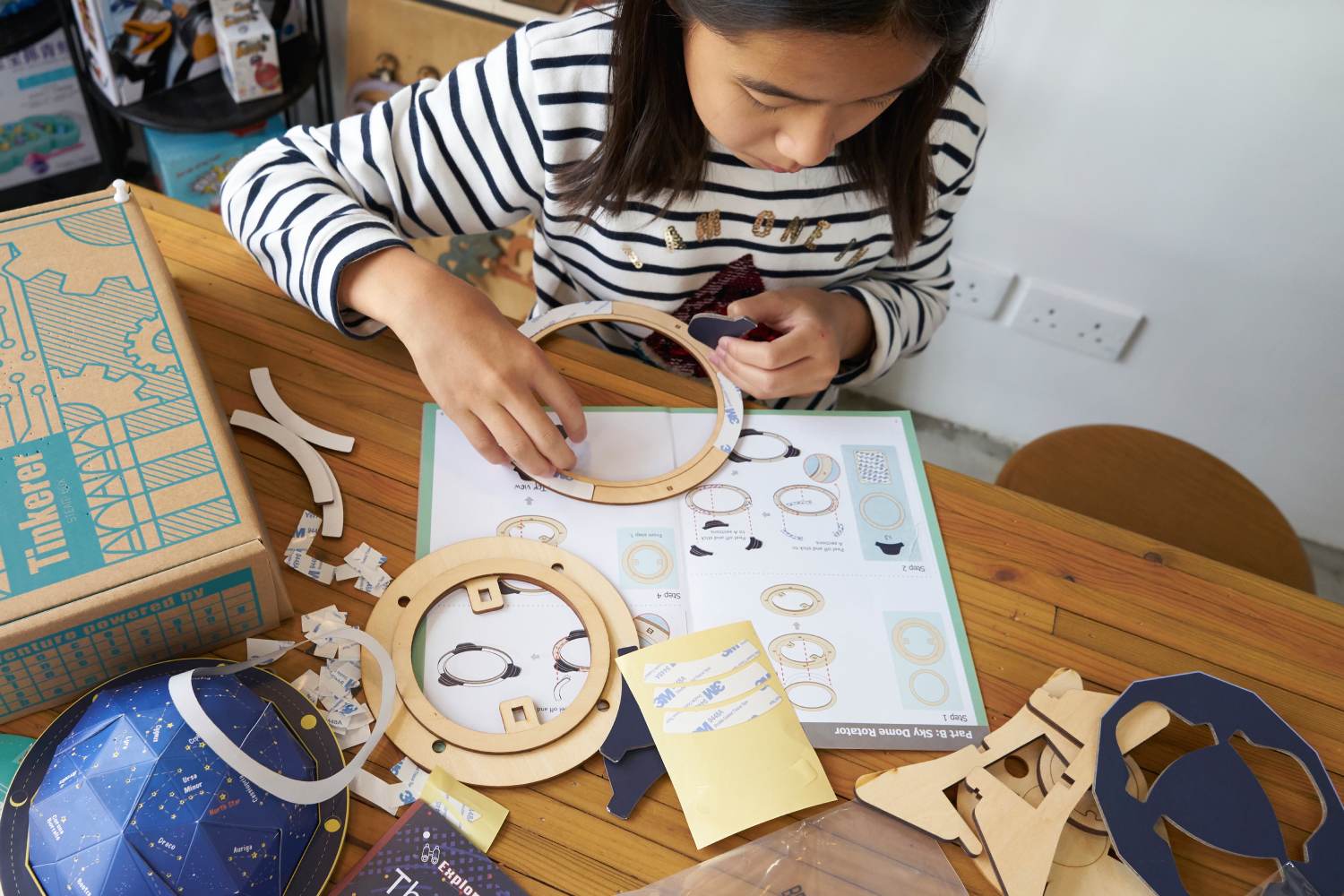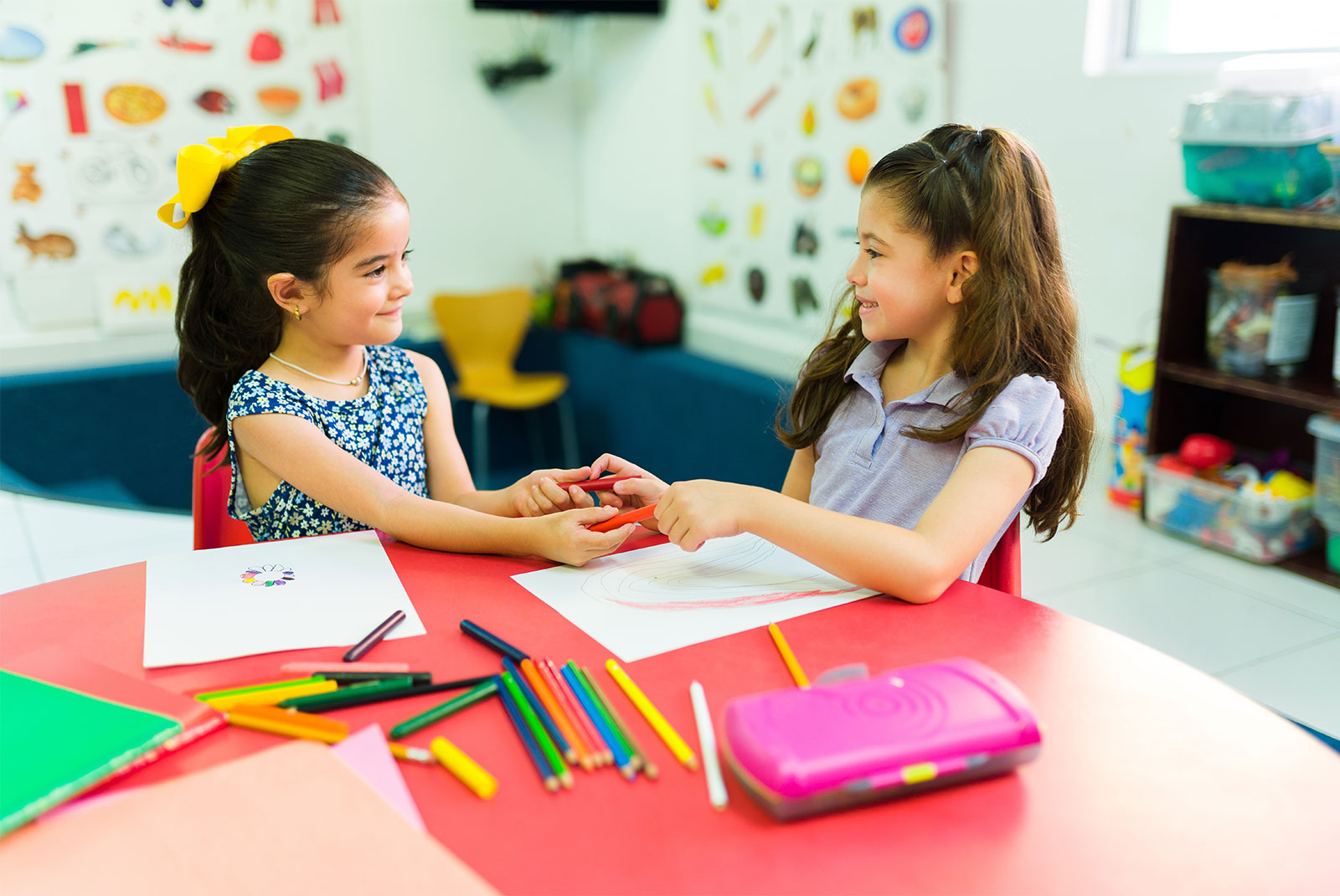
4-Year-Old Won’t Share? Understanding Why and How to Encourage Kindness
Does your 4-year-old refuse to share, grabbing toys back from friends or not wanting to take turns? You’re not alone. Learning how to teach a child to share is a common challenge at this age. For researchers, this is completely expected and developmentally normal. But for parents, it can feel frustrating to navigate. Children need to learn how to share to make and keep friends, play cooperatively, and cope with disappointment. Sharing is key for parenting tips for preschoolers, especially as they start playdates, preschool, or kindergarten.
In this article, we will explore why 4-year-olds won’t share, how to encourage generosity, and practical strategies for parents to foster cooperation.
Read more

